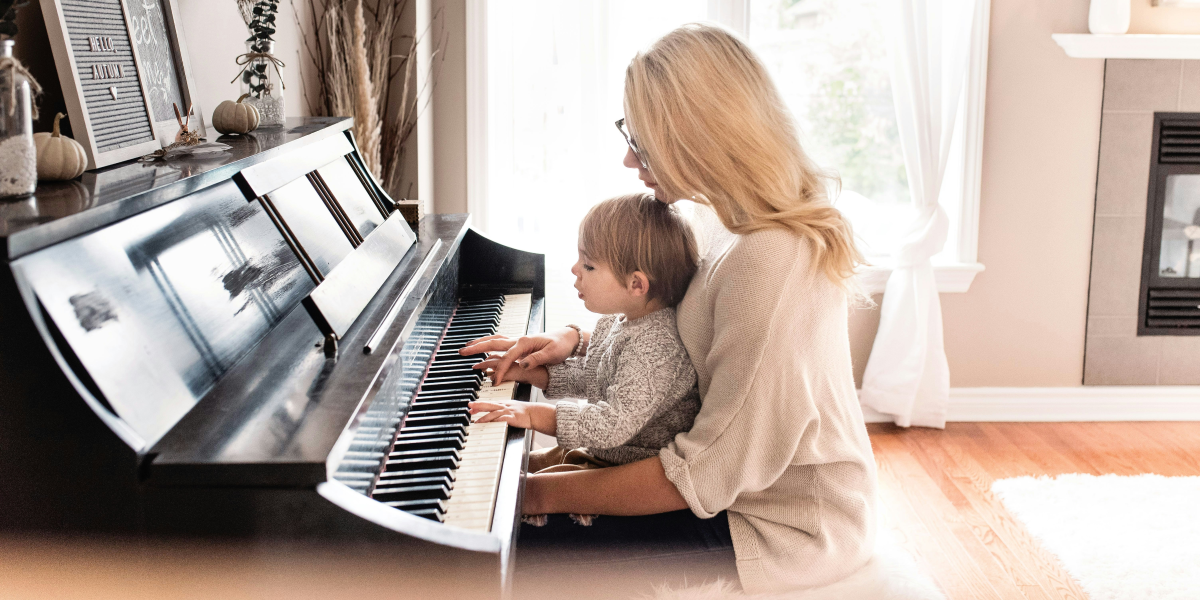The piano, a revered instrument in the music world, has evolved significantly over centuries, with each period contributing distinct styles that reflect the cultural and artistic shifts of the time. Its journey from the Baroque to the modern era highlights the adaptability of the instrument and its ability to express the diverse emotional and technical demands of composers.
The Baroque Era (1600-1750): The Harpsichord’s Influence
Although the piano as we know it today was not yet invented, the harpsichord, its precursor, was a dominant instrument during the Baroque period. Composers like Johann Sebastian Bach and Domenico Scarlatti crafted intricate, highly ornamental works for the harpsichord that laid the groundwork for the piano’s eventual rise.
These compositions were defined by their complex counterpoint and harmonic richness, and though the harpsichord’s sound was lighter than that of the modern piano, its influence on piano music is undeniable.
The Classical Era (1750-1820): The Piano Comes into Its Own
With the development of the modern piano in the late 18th century, the Classical period ushered in a new era for the instrument. Composers like Wolfgang Amadeus Mozart and Ludwig van Beethoven embraced the piano’s expanded capabilities, crafting sonatas, concertos, and chamber music that explored its full dynamic range and expressive potential. The Classical period was a time of innovation, with composers experimenting with melody, harmony, and form, and the piano became a key vehicle for musical exploration.
This era marked a pivotal shift in piano music, as composers moved away from the highly structured Baroque style toward greater emotional expression and complexity. Beethoven, in particular, pushed the boundaries of the piano, transforming it into an instrument capable of conveying a broader spectrum of human emotion.
The Romantic Era (1820-1900): Passion and Virtuosity
The Romantic period witnessed an explosion of emotional depth and individualism in music. The piano became a primary tool for composers seeking to convey intense emotions, dramatic narratives, and personal expression. Frédéric Chopin, often regarded as the epitome of Romantic piano music, is known for his lyrical nocturnes and technically demanding études, which captured the era’s fascination with both beauty and virtuosity.
Other Romantic composers such as Franz Liszt and Robert Schumann also pushed the piano to its limits, creating works that were not only emotionally stirring but also technically challenging. The piano’s role as an instrument of personal expression solidified during this period, with composers using it to communicate everything from love and longing to sorrow and triumph. The intricate melodies and expansive harmonies of Romantic piano music made it both a vehicle for storytelling and a means of artistic exploration.
The 20th Century: Experimentation and Diversification
The dawn of the 20th century brought a wave of innovation that significantly transformed piano music. As cultural and technological shifts influenced artistic movements, composers began to experiment with new sounds and forms. Claude Debussy and Maurice Ravel, central figures in the Impressionist movement, used the piano to create dreamlike atmospheres, often employing nontraditional scales and harmonies that departed from the conventions of the past.
The rise of jazz also had a profound impact on piano music, with composers like George Gershwin and Duke Ellington incorporating jazz rhythms and harmonies into their compositions. The fusion of classical structure with jazz elements introduced a new era of hybrid musical styles, expanding the piano’s sonic possibilities. Additionally, the 20th century saw the emergence of avant-garde movements, with composers exploring atonality, minimalism, and other unconventional techniques that challenged traditional notions of harmony and rhythm.
The diversity of styles in the 20th century reflected broader shifts in society, where rapid technological advances, changing social norms, and new musical genres reshaped the cultural landscape. Piano music, in turn, adapted, incorporating influences from popular music, folk traditions, and experimental compositions.
The Contemporary Era: A New Horizon for Piano Music
In the 21st century, piano music continues to evolve in response to technological advancements and the increasingly global nature of musical culture. Contemporary composers incorporate a wide range of influences, from traditional classical structures to electronic music and experimental soundscapes. The piano remains an essential tool for composers seeking to express both the timeless and the modern.
Today’s piano music reflects a fusion of genres, with composers integrating diverse musical traditions and exploring new forms of musical expression. The instrument’s enduring popularity is a testament to its versatility, able to convey everything from delicate, intimate melodies to powerful, complex sound worlds. As the boundaries of music continue to expand, the piano remains a central figure in the exploration of new musical languages.
The Enduring Legacy of Piano Music
The evolution of piano music styles over the centuries reflects both the adaptability of the instrument and the creative vision of composers. From the intricate harpsichord compositions of the Baroque period to the emotional depth of the Romantic era and the experimental sounds of the 20th century, the piano has been a constant presence in the music world. Each era has brought new innovations and expressions, ensuring the piano remains an essential vehicle for artistic and emotional expression.
As piano music continues to evolve in the contemporary era, it is clear that the instrument’s legacy will endure, inspiring future generations of composers and musicians to explore the boundless possibilities of sound. The piano’s ability to transcend time and culture ensures that it will remain a central figure in the world of music for years to come.
Published by: Nelly Chavez















